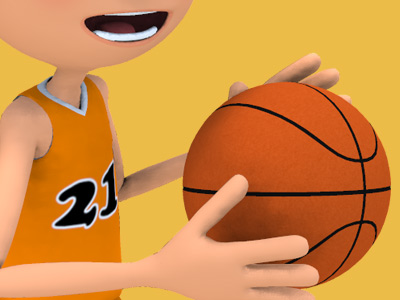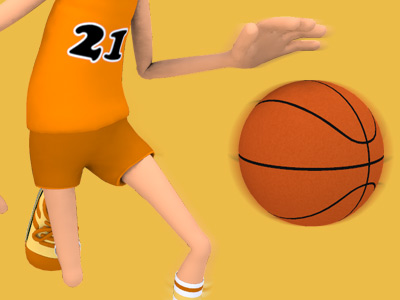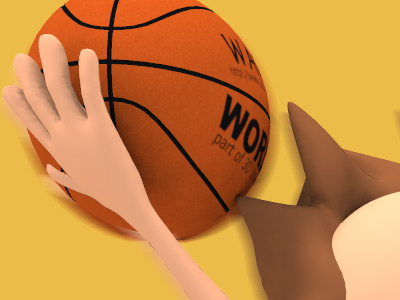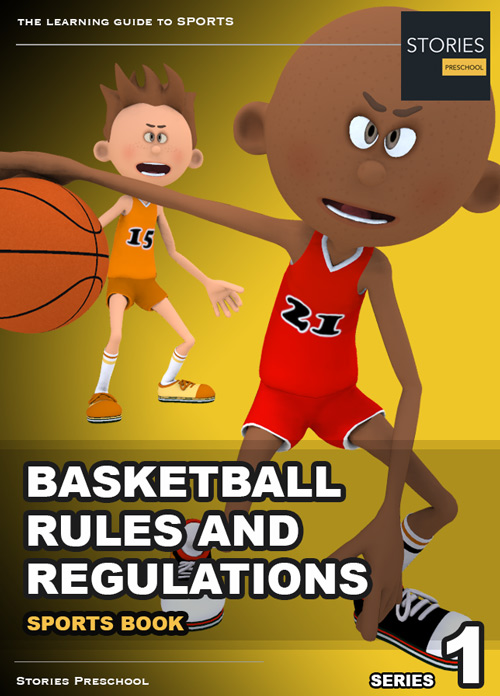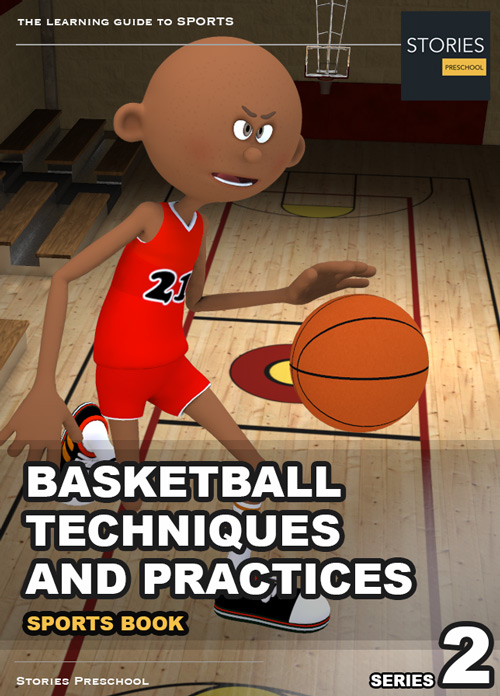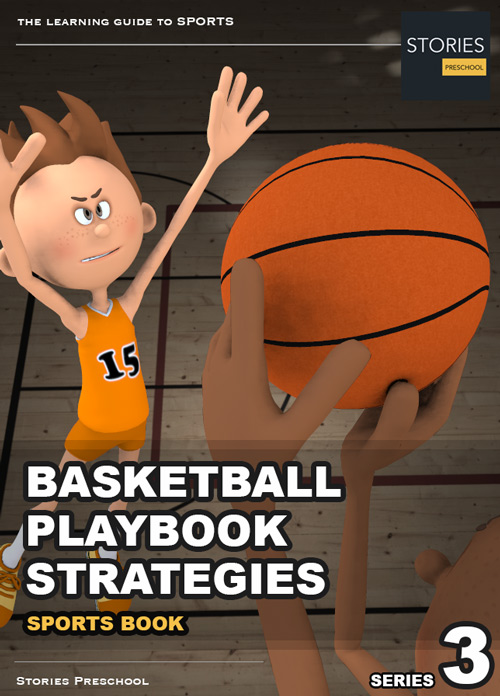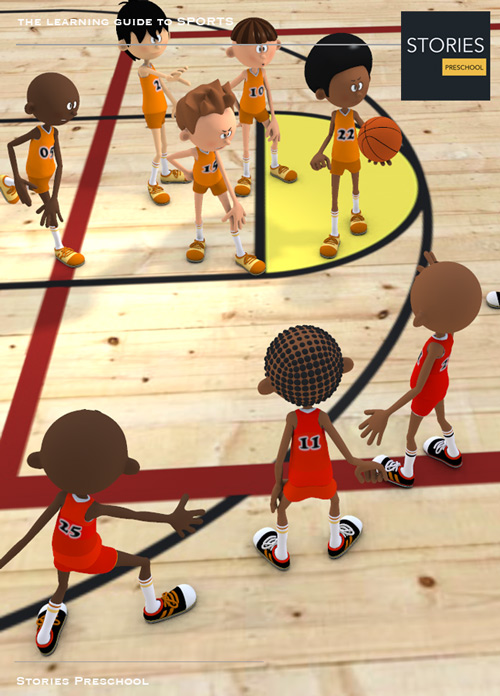Basketball

Five-Second Rule (Basketball)
In basketball, the five-second rule, or five-second violation, is a rule that helps promote continuous play. There are multiple situations where a five-second violation may occur.
Five-second throw-in violation
Under all basketball rule sets, a team attempting to throw a ball in-bounds has a total of five seconds to release the ball towards the court. The five second clock starts when the basketball is at the disposal of the team with possession (usually bounced or handed to a player while out of bounds by the official).
Penalty
Loss of ball. Possession will be awarded to the opponent at the previous out of bounds spot.
Five-second closely guarded violation
A five-second closely guarded violation may be called against an offensive player with the ball when that player is guarded closely for five seconds or more and does not pass, shoot, or dribble within that time. Under NCAA men's rules, to be considered "closely guarded", a defender must be guarding a player who is located in the frontcourt and within six (6) feet of the player. The count applies to a player who is only holding the ball. Prior to the 2015-16 season, the rule included those dribbling the ball as well. This allows for multiple closely guarded counts to occur. NCAA women's rules require the defender to be within three (3) feet and can occur anywhere on the playing court, but only applies when the offensive player is holding the ball. A count ends whenever the player with the ball gets his head and shoulders past the defender, the defender is no longer within the required distance, the same defender does not continuously closely guard the player in control of the ball, or another opponent is between the defender and the ball.
High school rules mimic men's college basketball's closely guarded rule. A defender must be guarding the player in control of the ball, in the frontcourt, and must be within six feet of the player. A player may be holding or dribbling the ball. If defensive teammates switch, and both are within six feet of the player in control of the ball, the same count is continued.
Under FIBA rules, a defender must be within one meter of a player holding the ball and must be in an active guarding position. This count can occur anywhere on the playing court.
In the NBA this rule is applied only in a throw in scenario.
A five-second count will begin if an offensive player with the ball and not facing-up start dribbling below the free throw line extended while being closely guarded or starts dribbling outside and then penetrates below the free throw line extended while being closely guarded. (The five-second count commences when the offensive player penetrates the free throw line extended.) After five seconds, a violation will have occurred and the offensive team will lose possession.
Penalty
The penalty for a five-second closely guarded violation is loss of ball. The opposing team will throw-in the ball from the out-of-bounds spot nearest the violation.
Five-second back to the basket violation
A player in the frontcourt, below the free throw line extended, is not permitted to dribble the ball with his back or side to the basket for more than five seconds. A count ends when:
- Player picks up his dribbling
- Player dribbles above the free throw line extended
- The defense deflects the ball
This is an NBA only rule. It is often referred to as the "Charles Barkley Rule" or the "Mark Jackson Rule".
Penalty
Loss of ball. The opponent is awarded the ball at the free throw line extended.
Five-second free throw violation
A free throw shooter, under FIBA rules, must throw the ball towards the hoop within five seconds after an official places it at his disposal. (Under North American rule sets, the shooter is allowed 10 seconds.)
Penalty
If the free throw is successful, then the point shall not count. The ball is awarded to the opponent at the free throw line extended unless another free throw is to follow or a possession penalty is to follow.
SPORTS
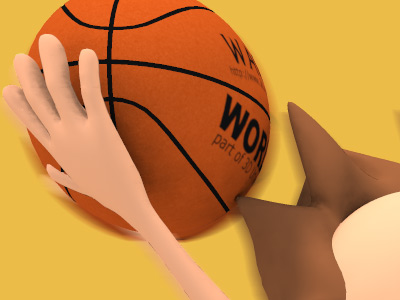
RESOURCES
This article uses material from the Wikipedia articles "Basketball" and "Five-second rule (basketball)", which is released under the Creative Commons Attribution-Share-Alike License 3.0.
© Stories Preschool. All Rights Reserved.
